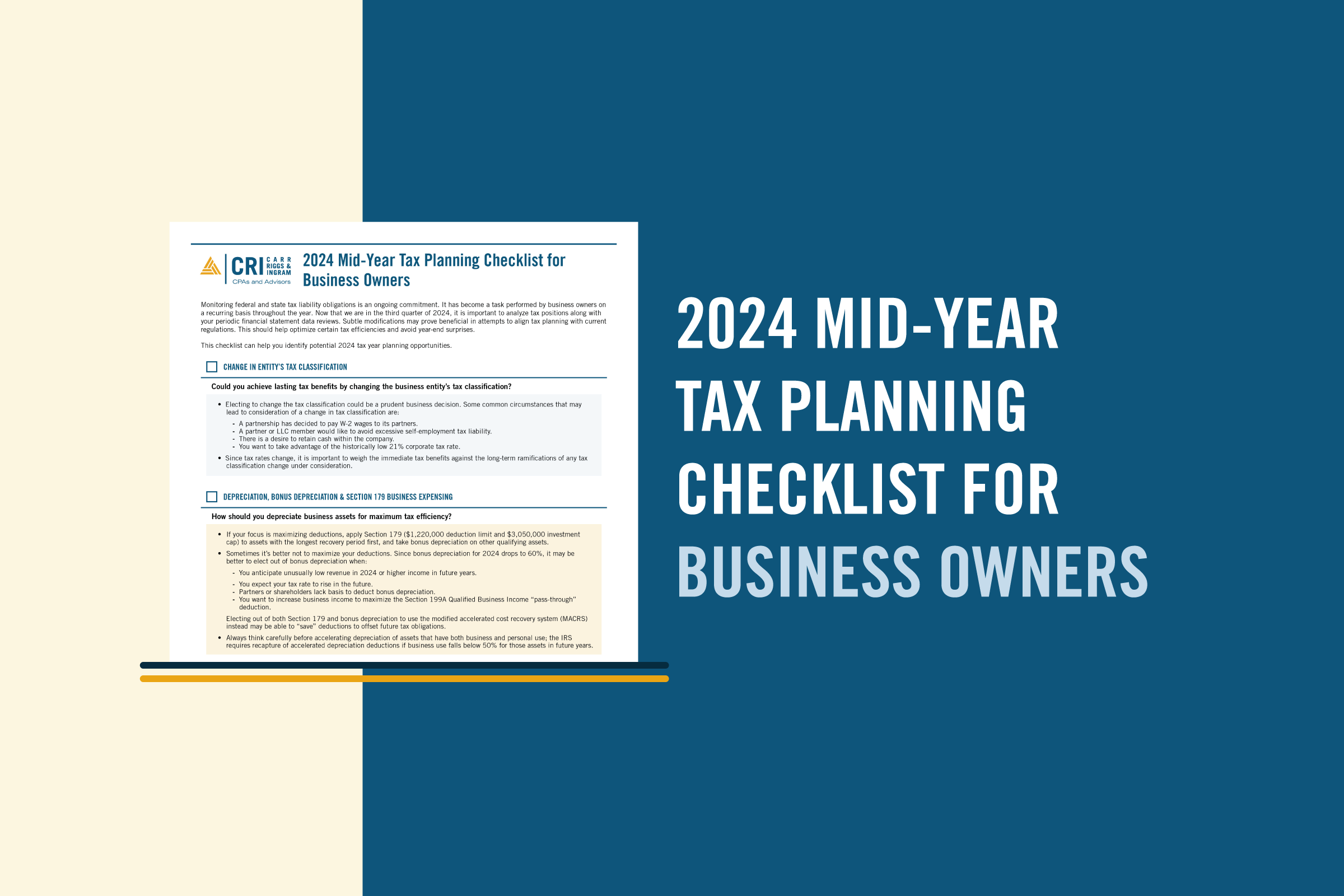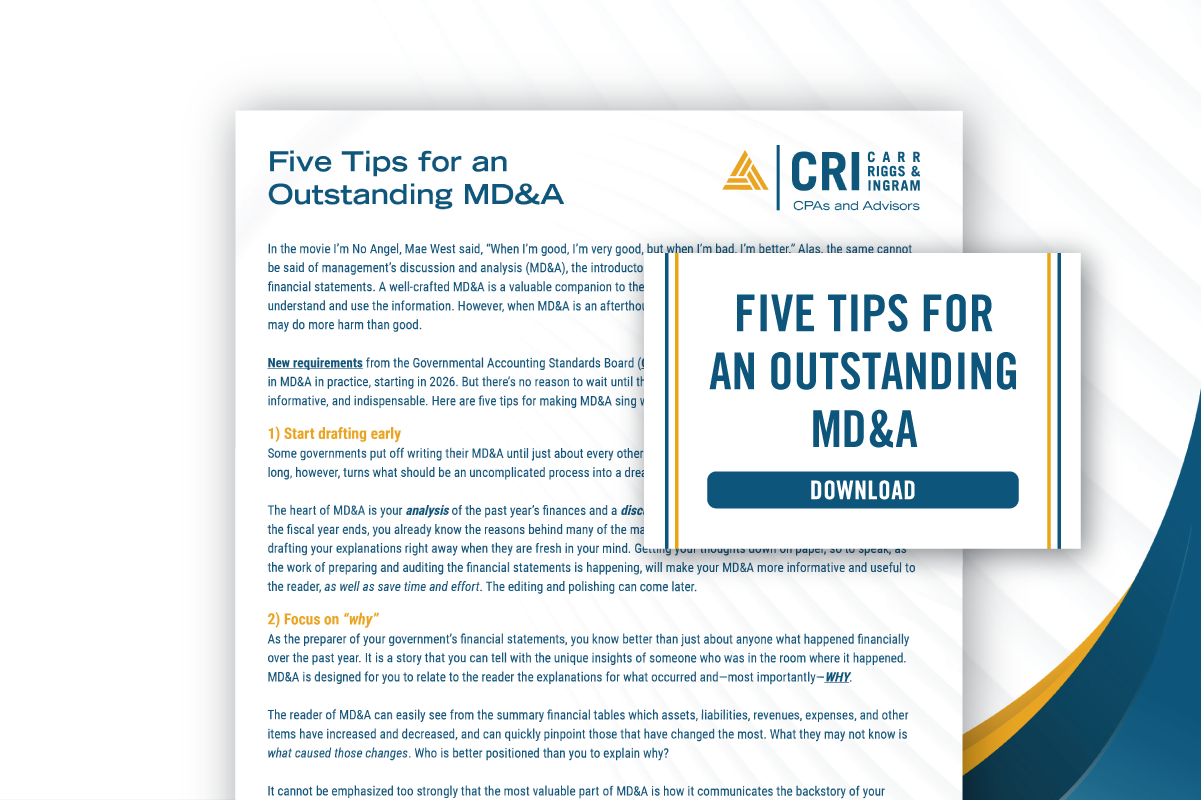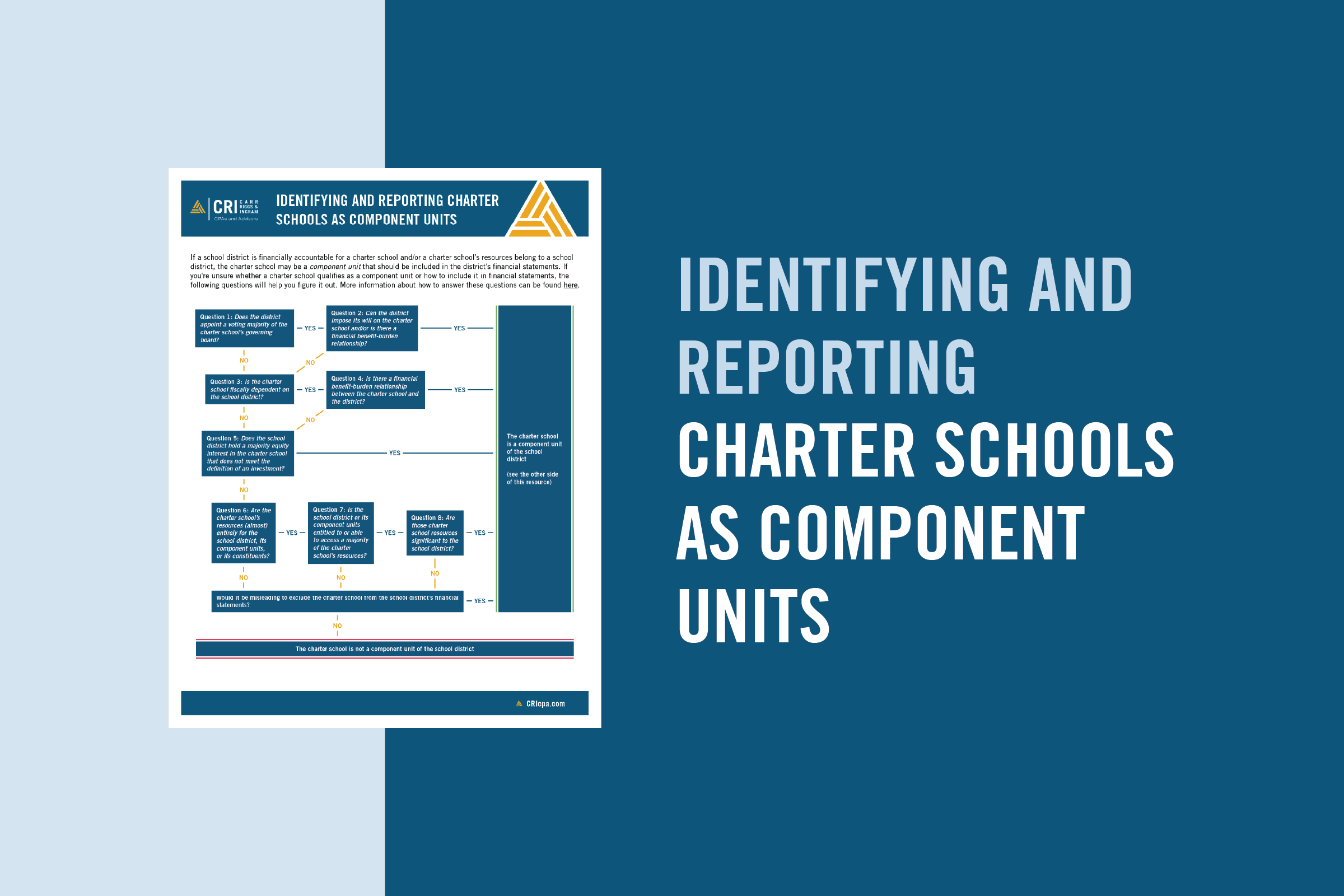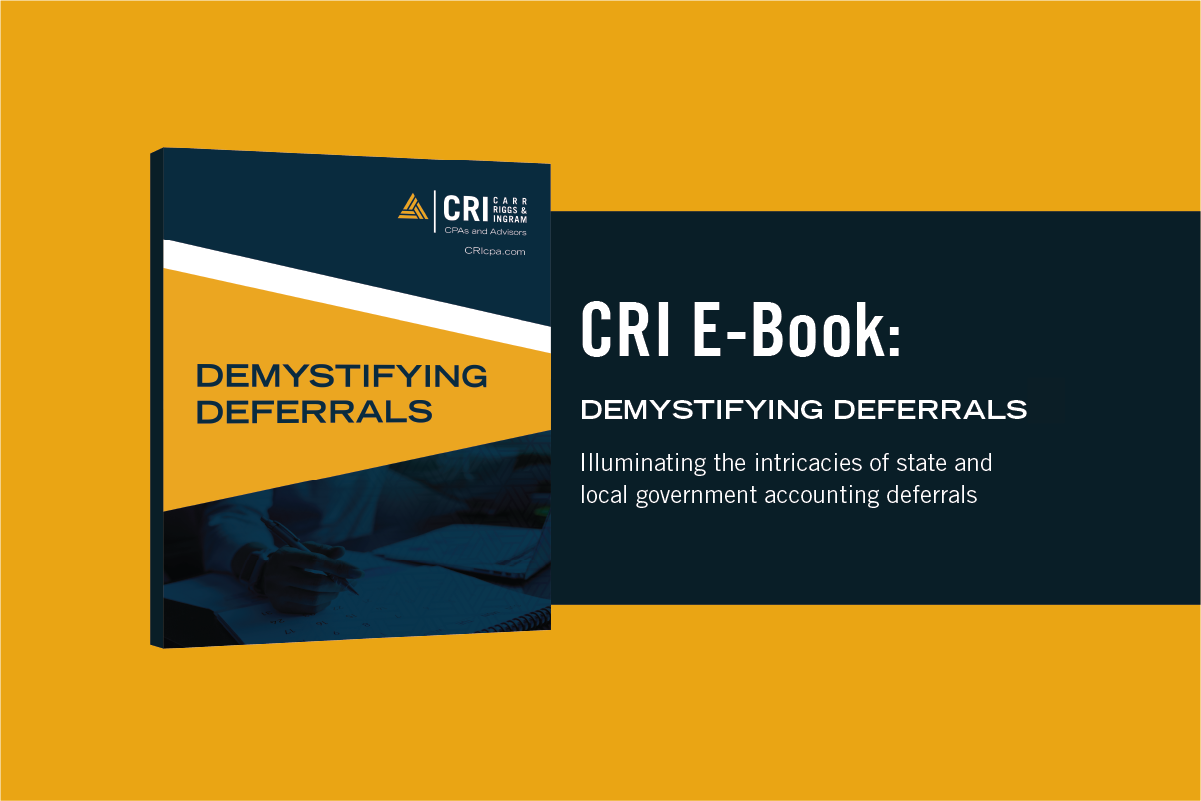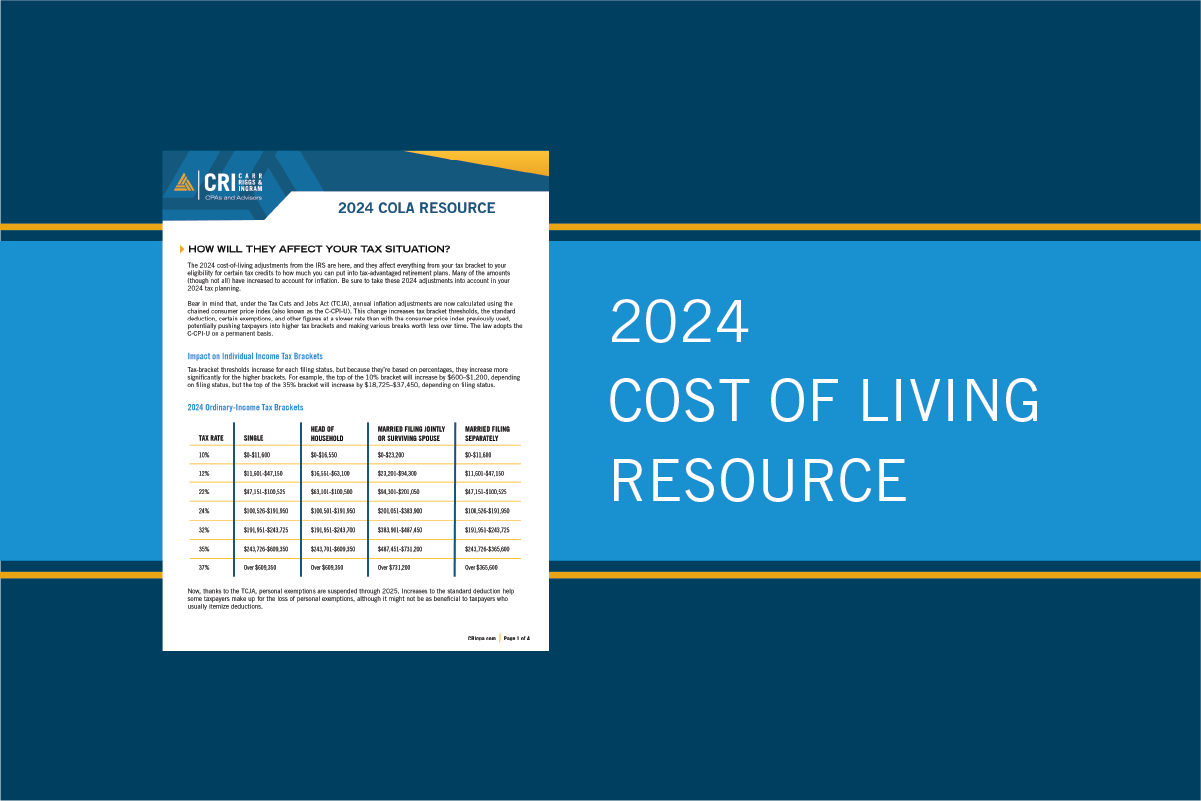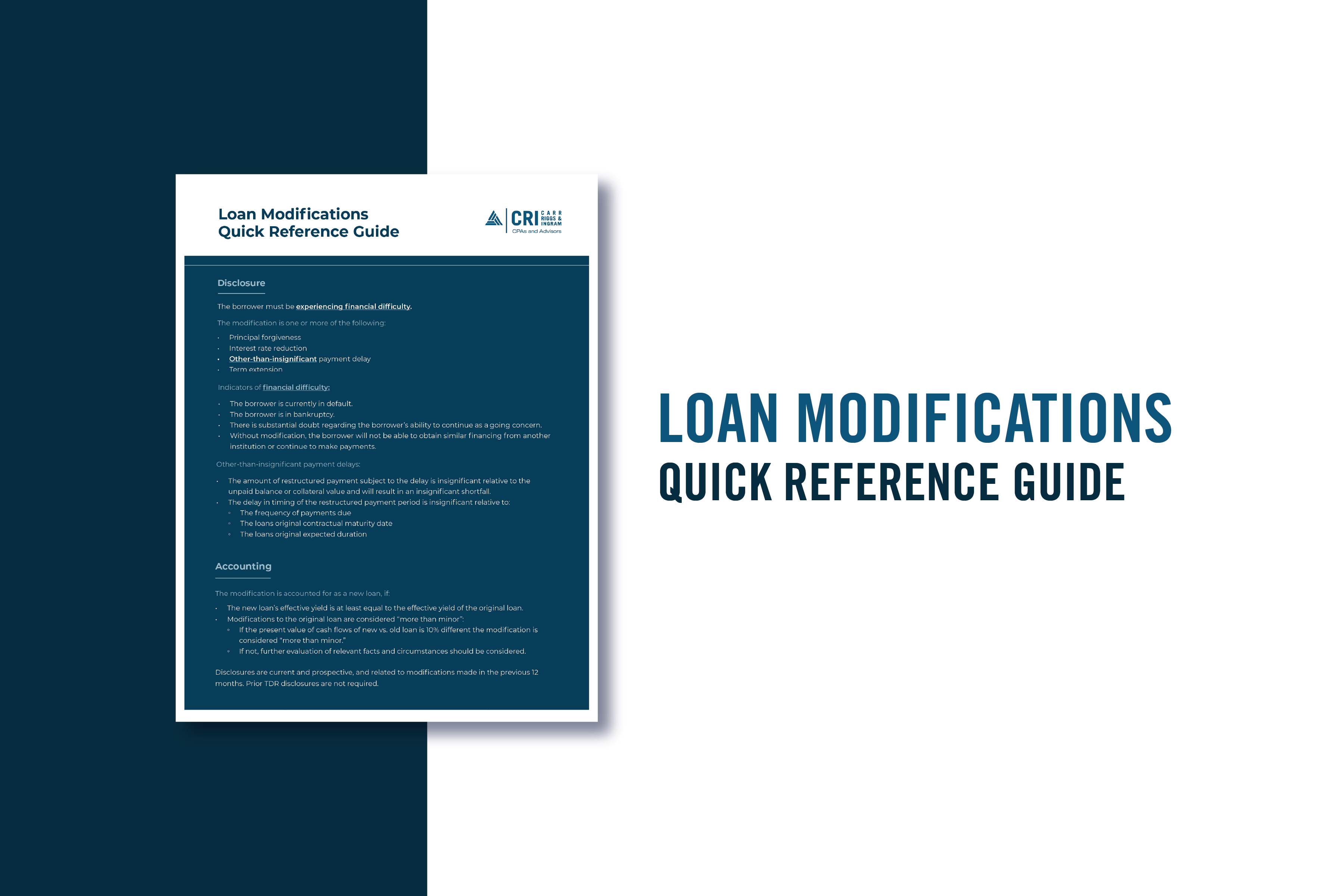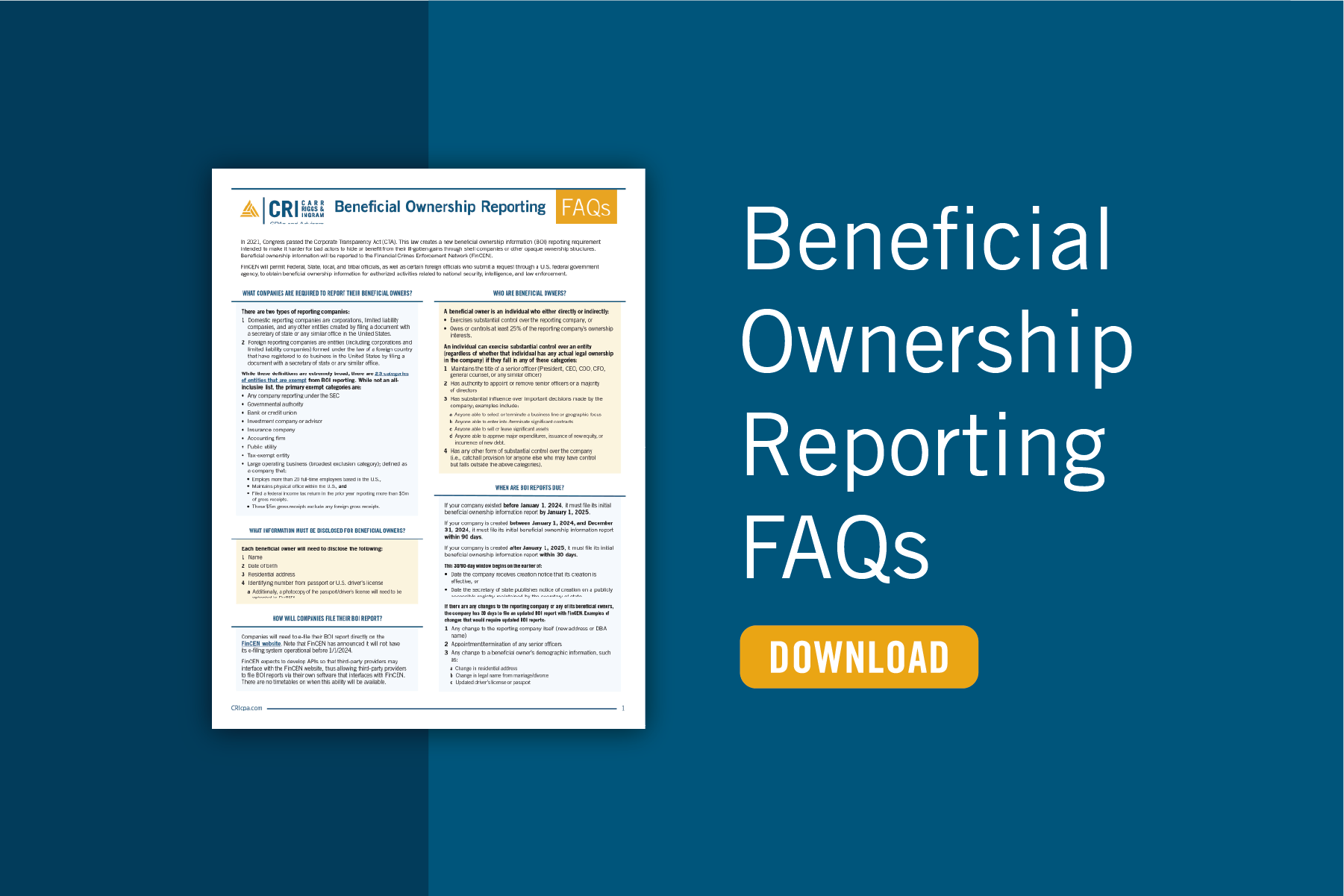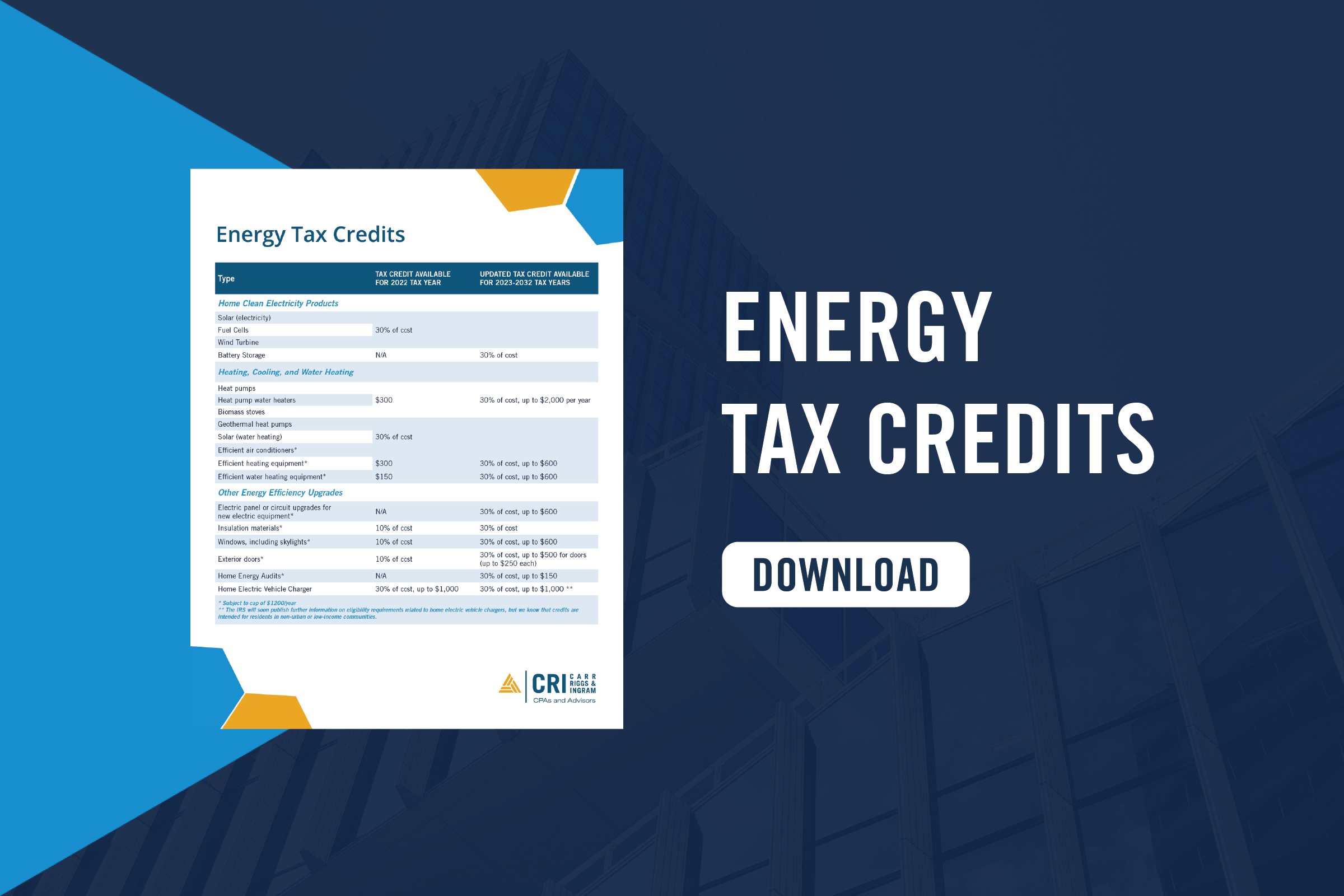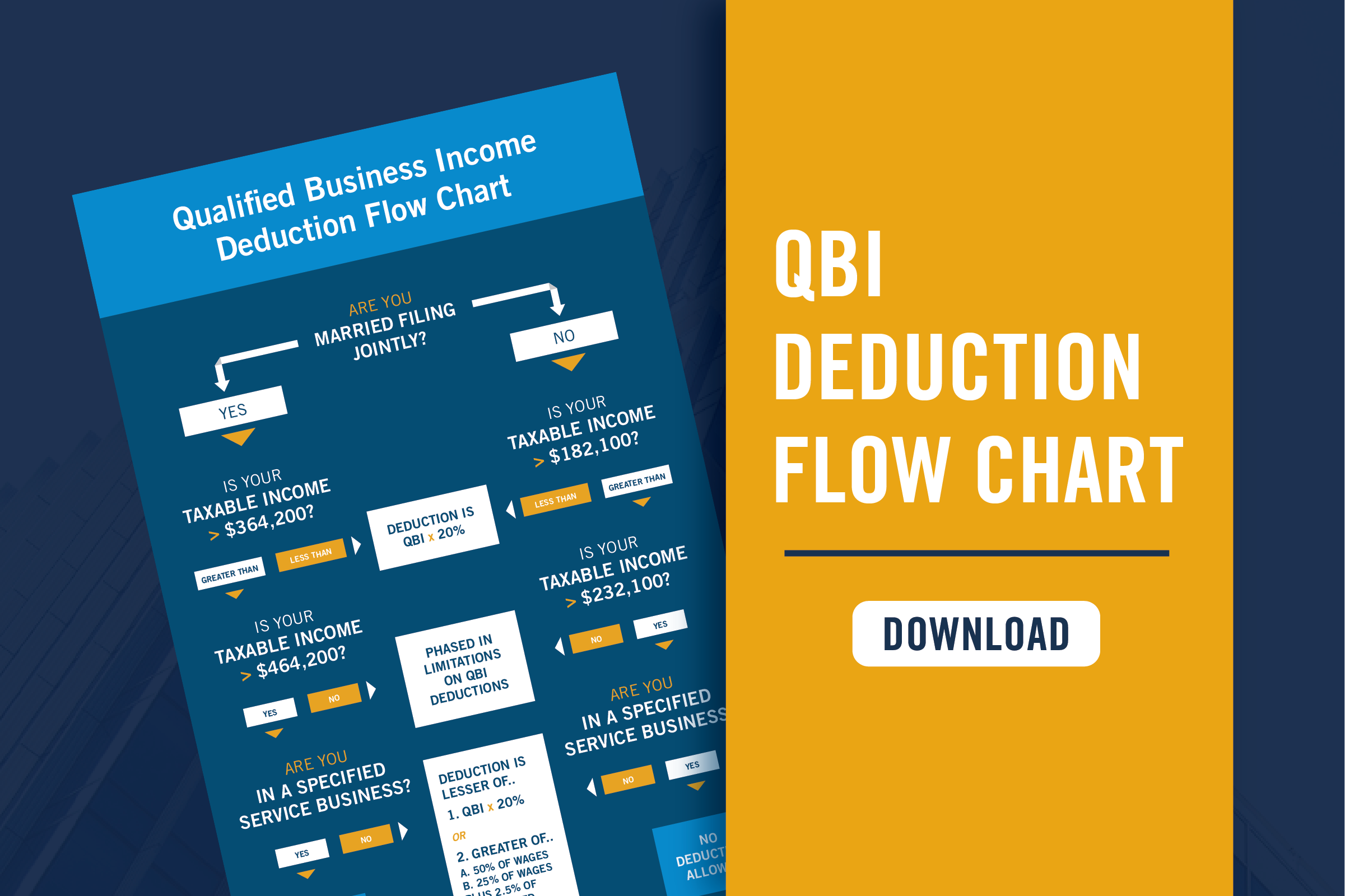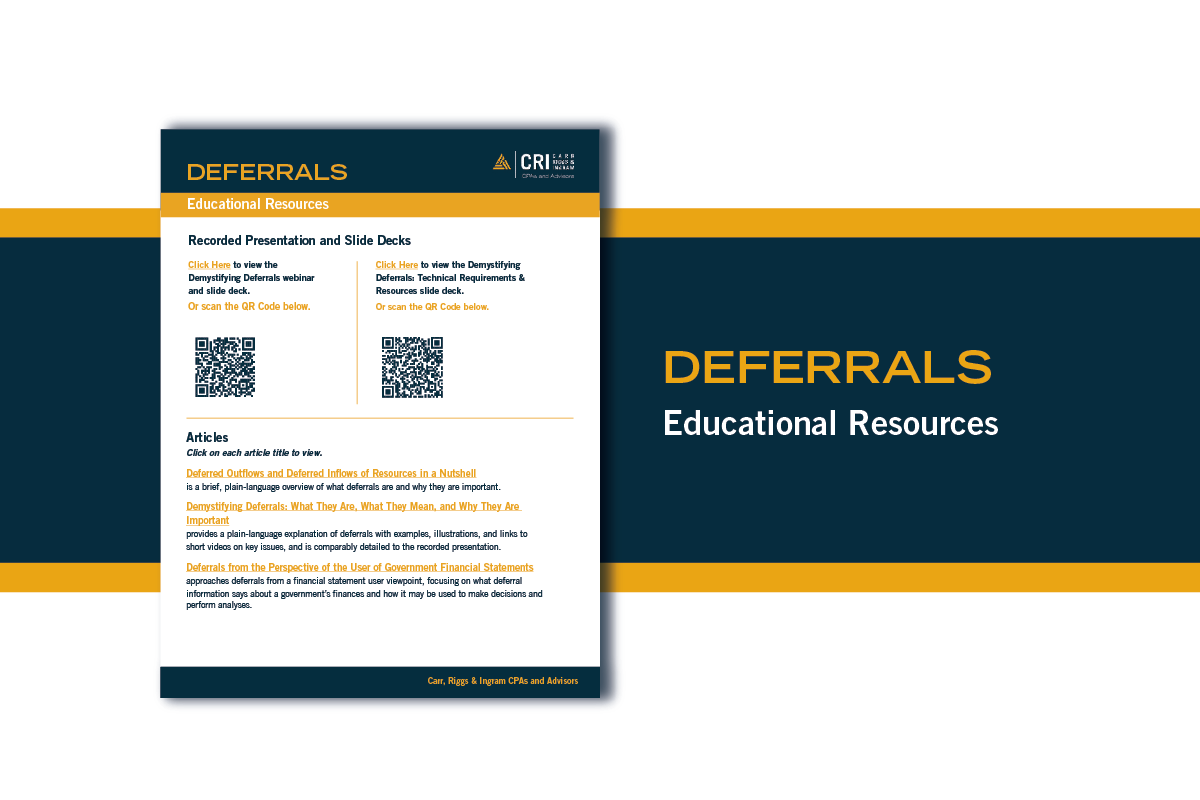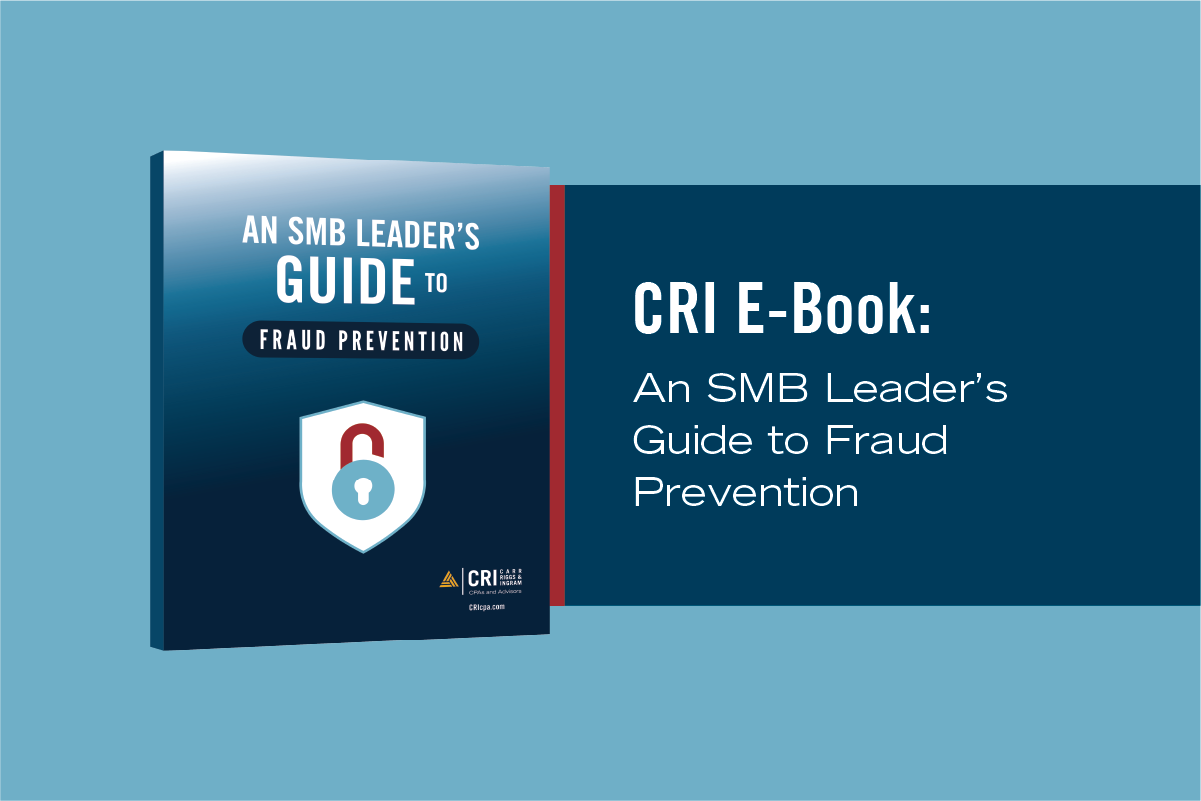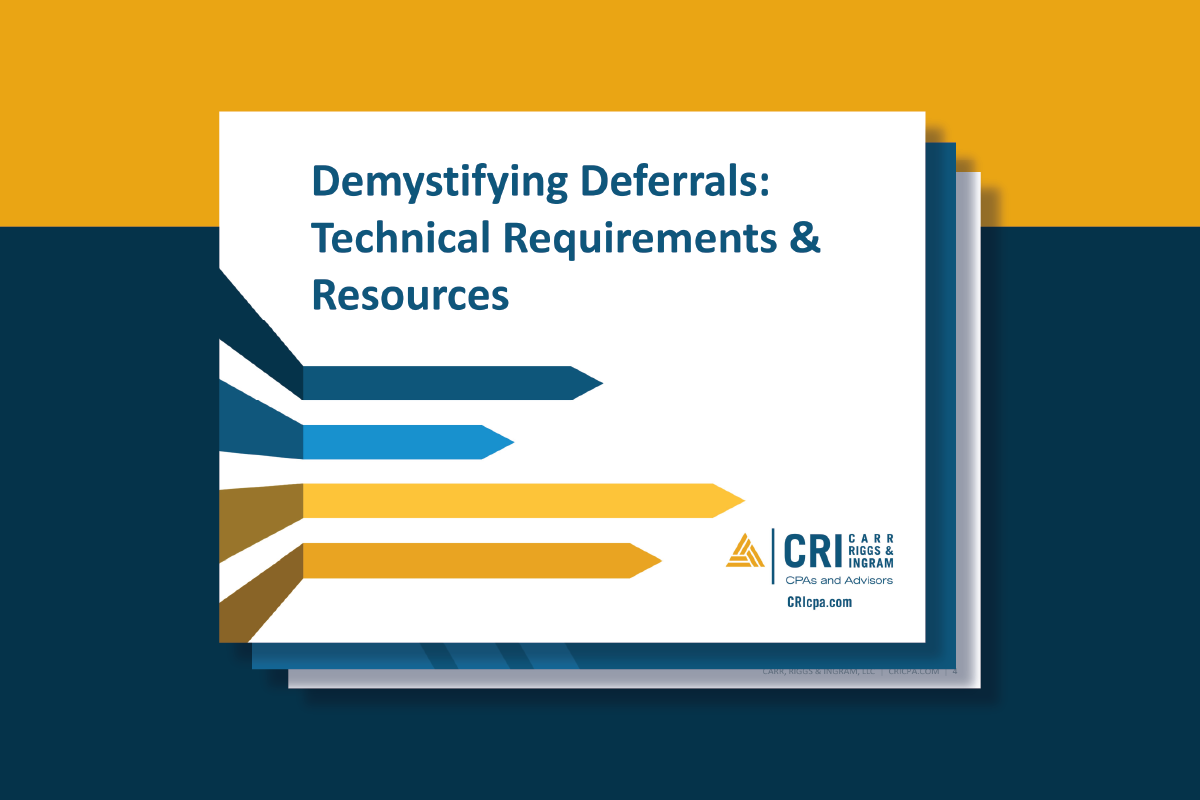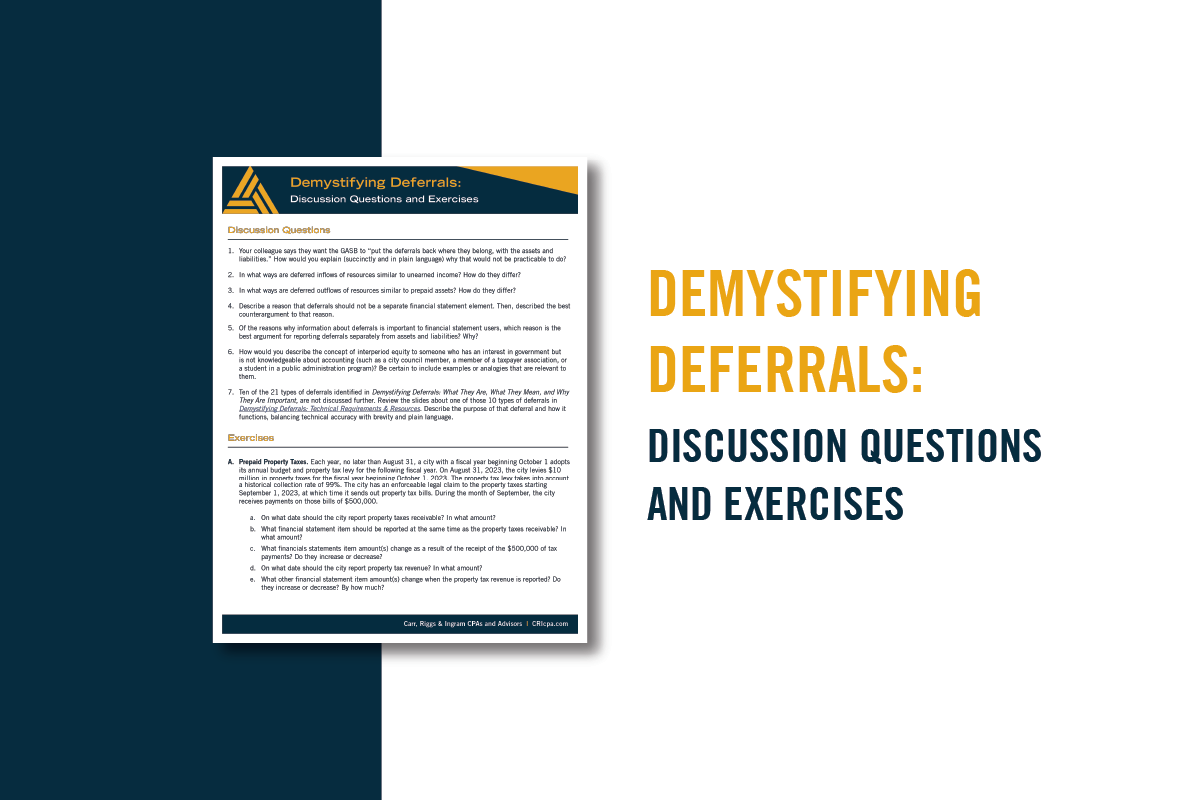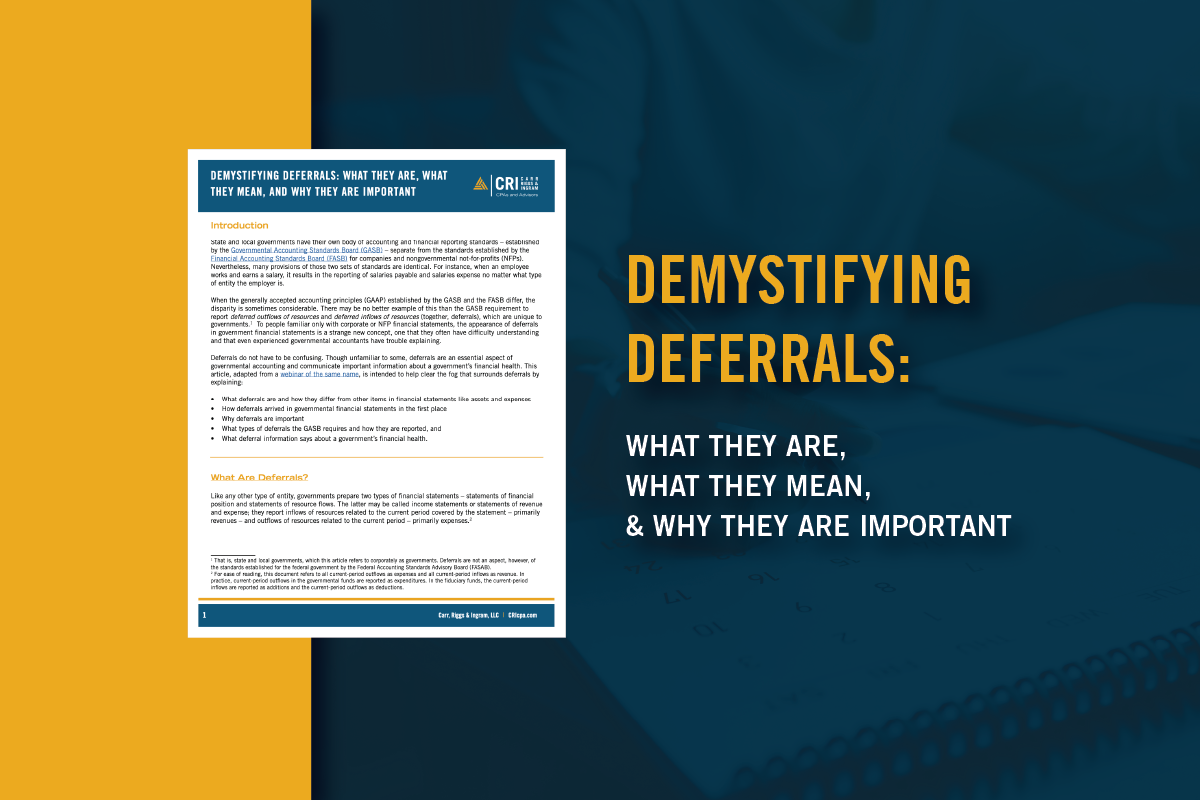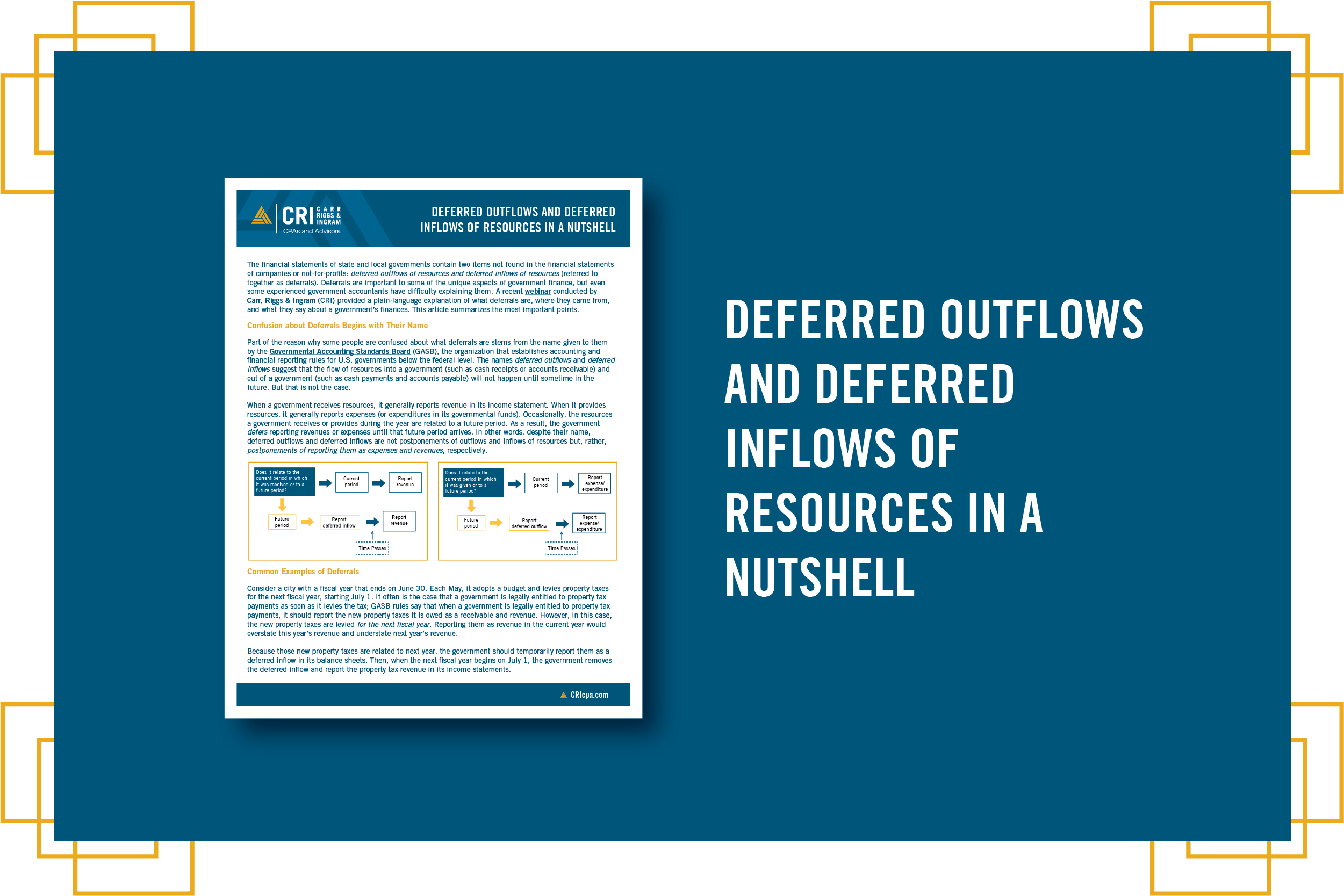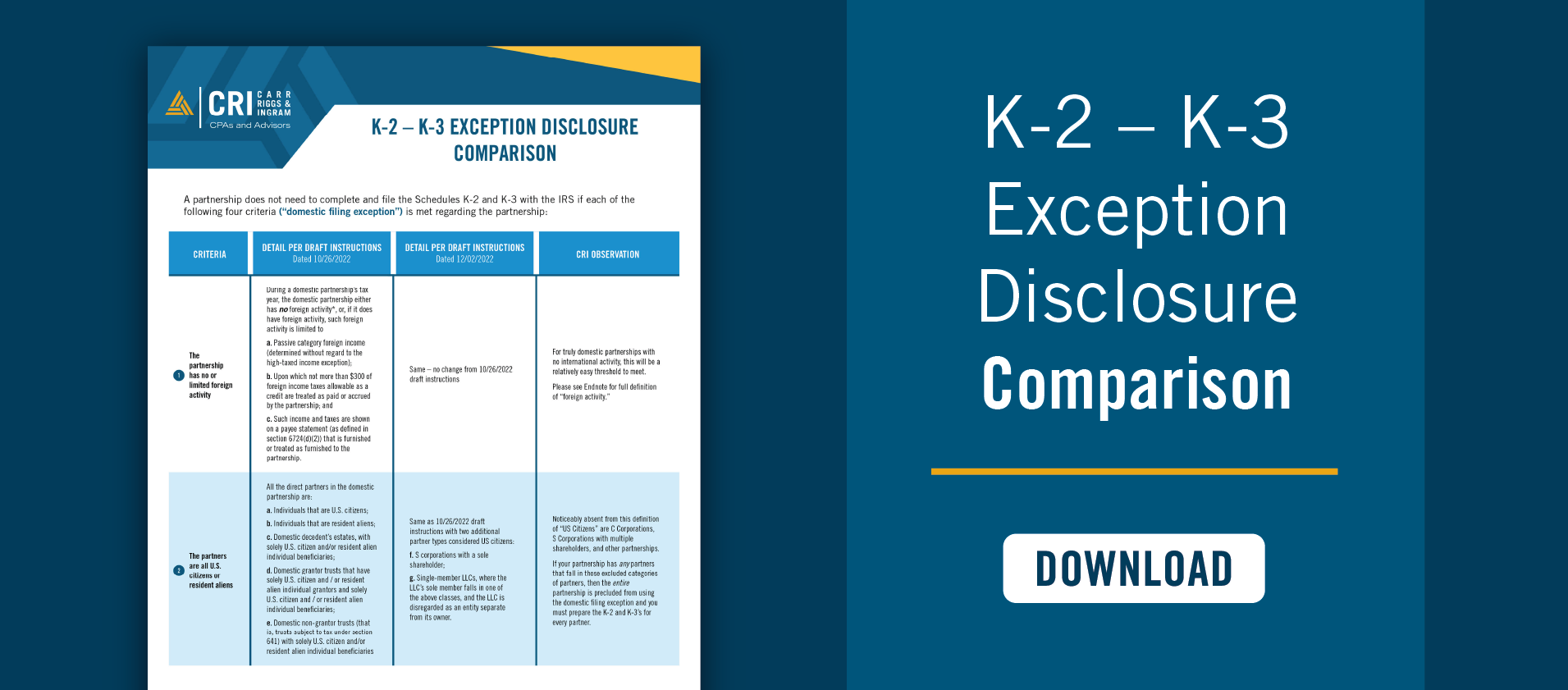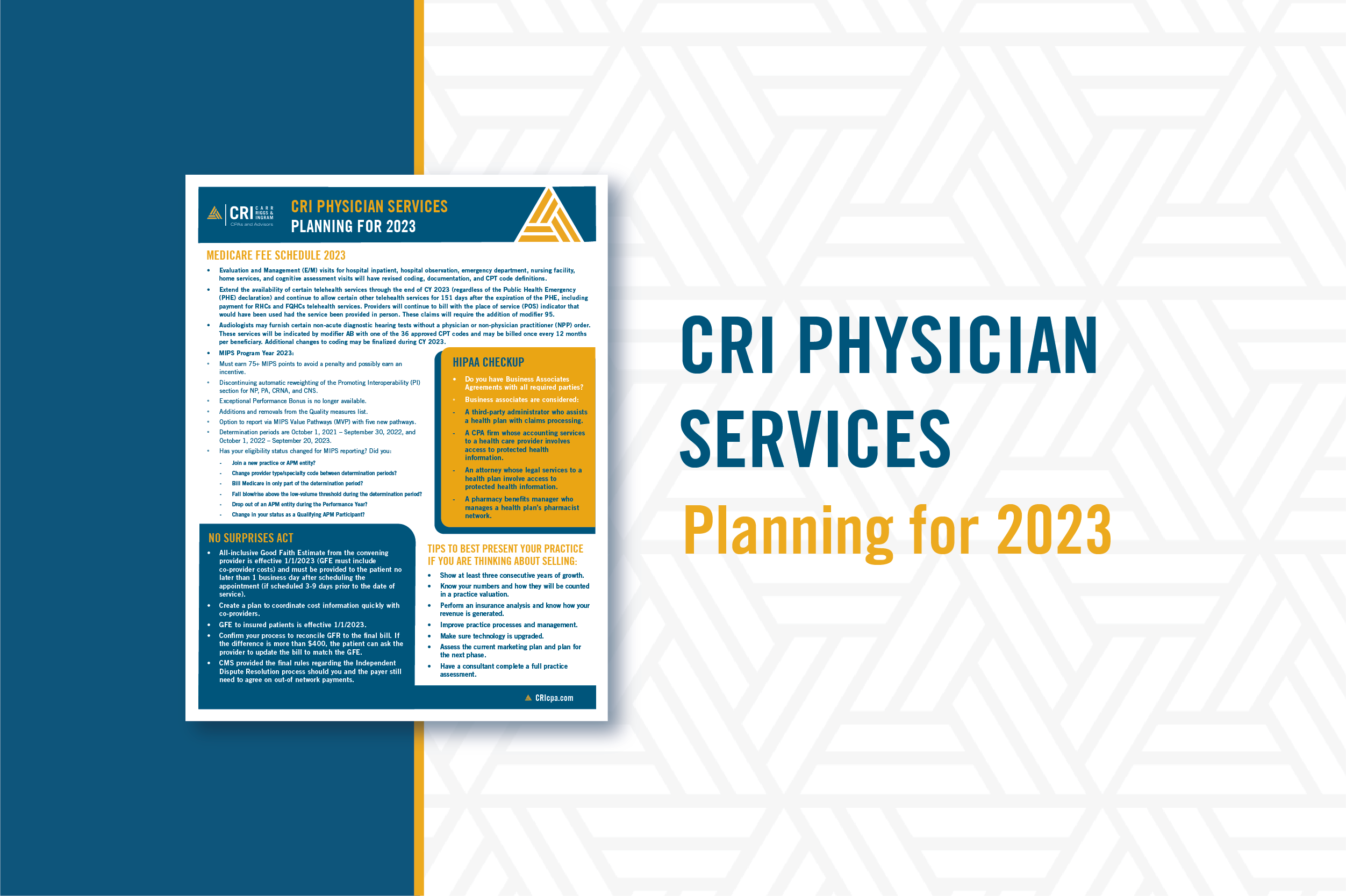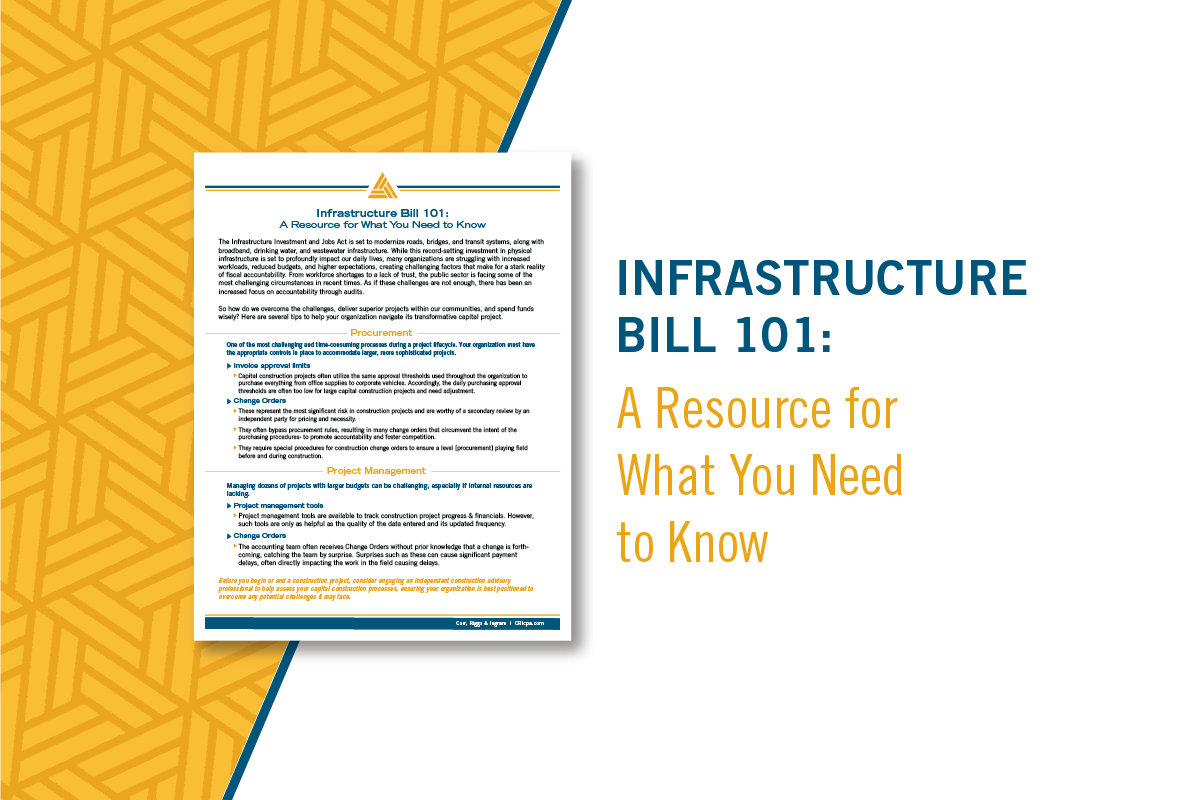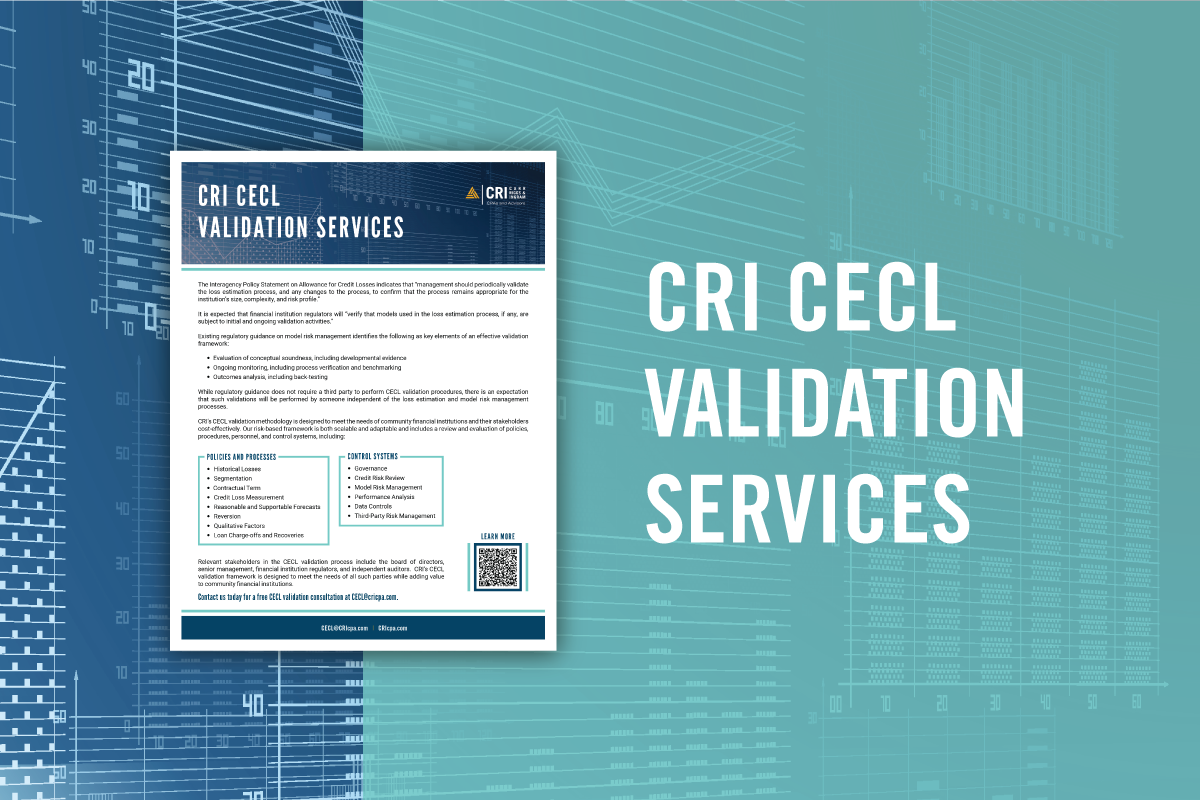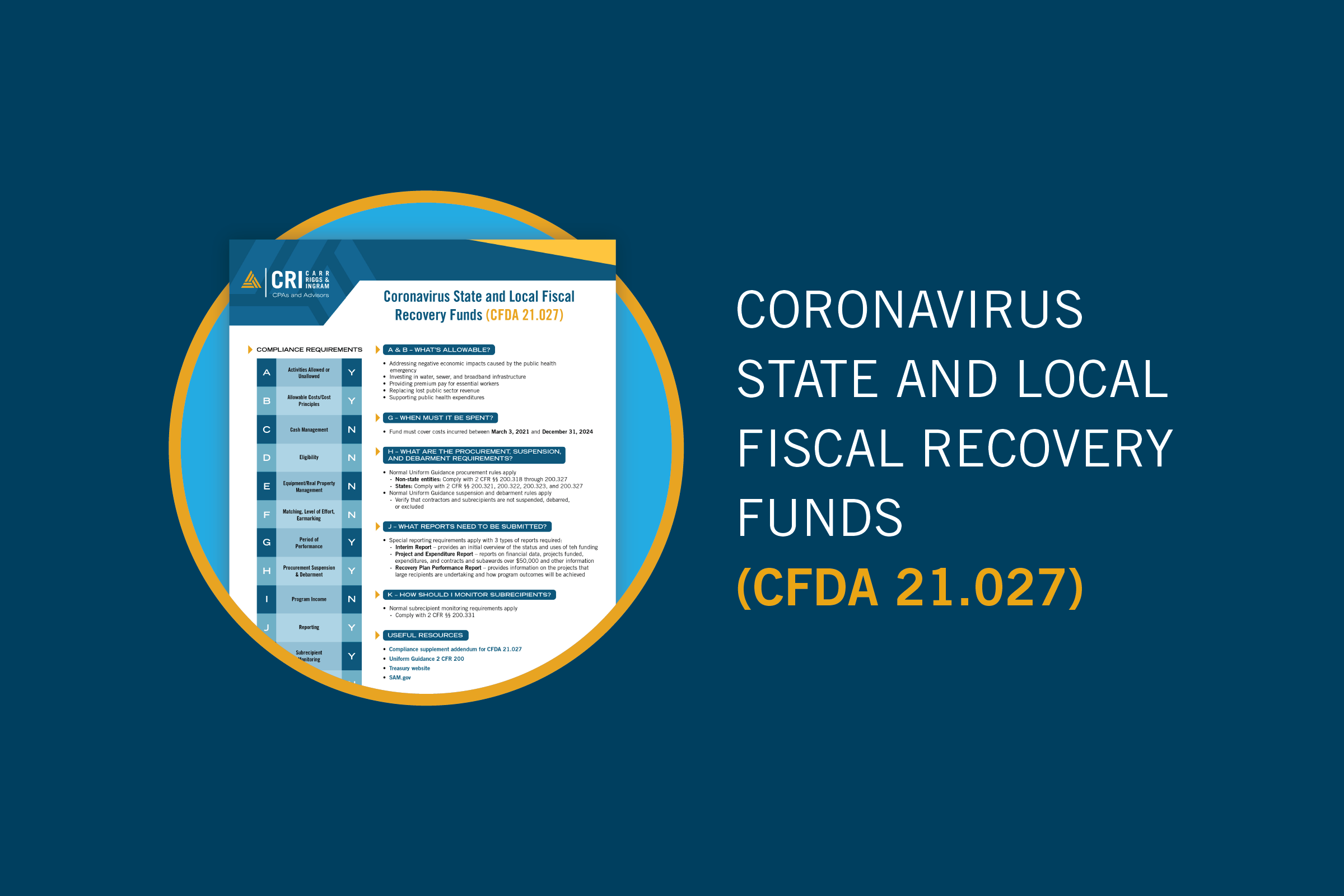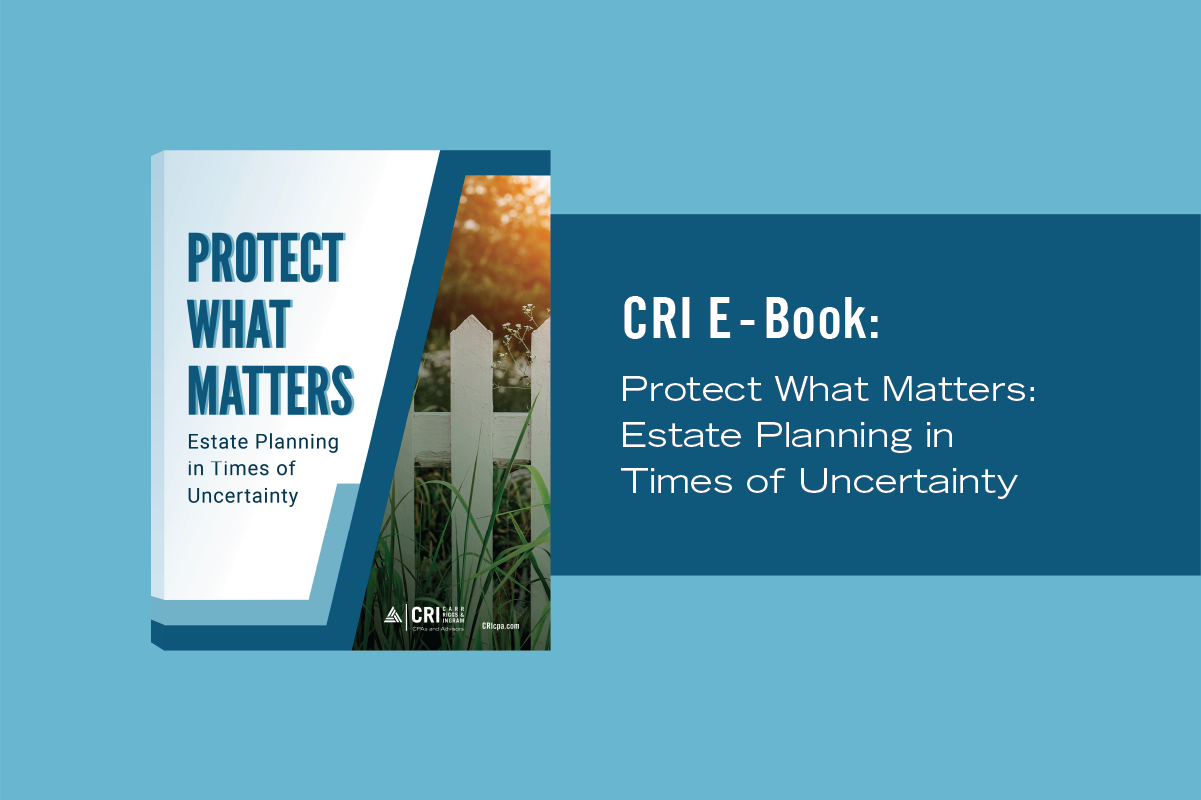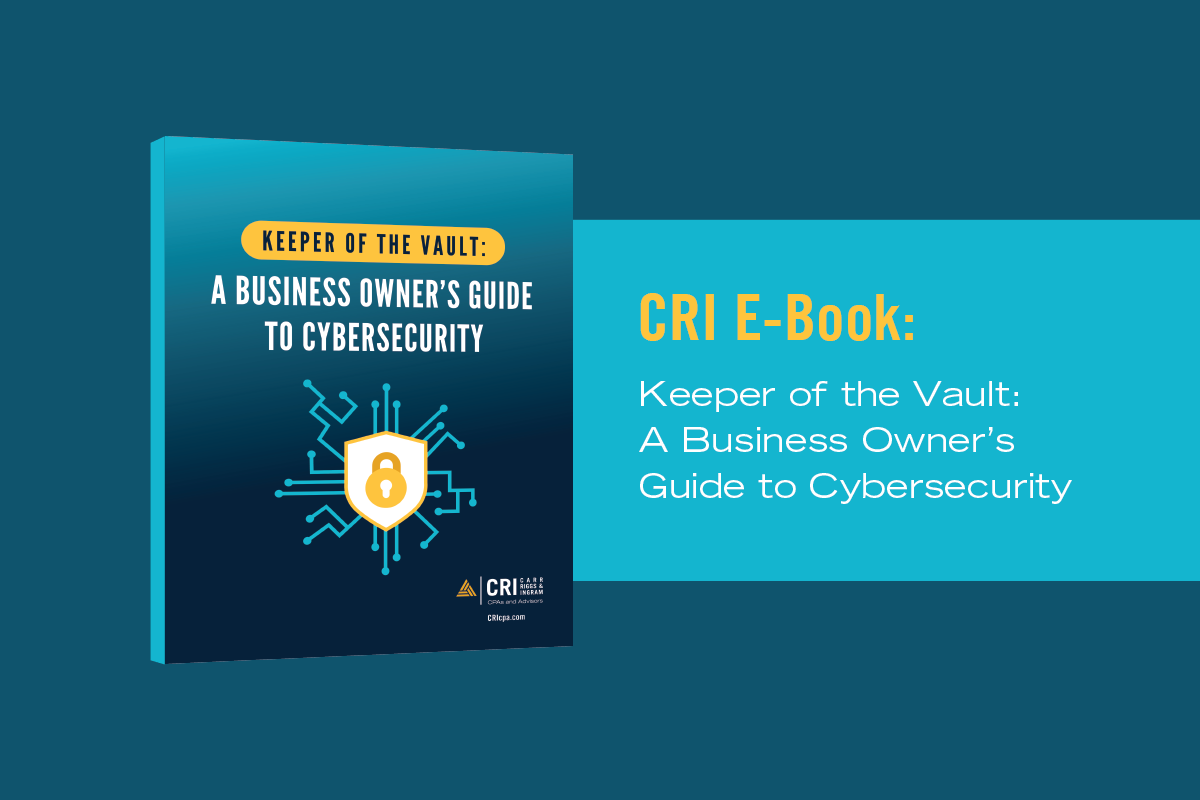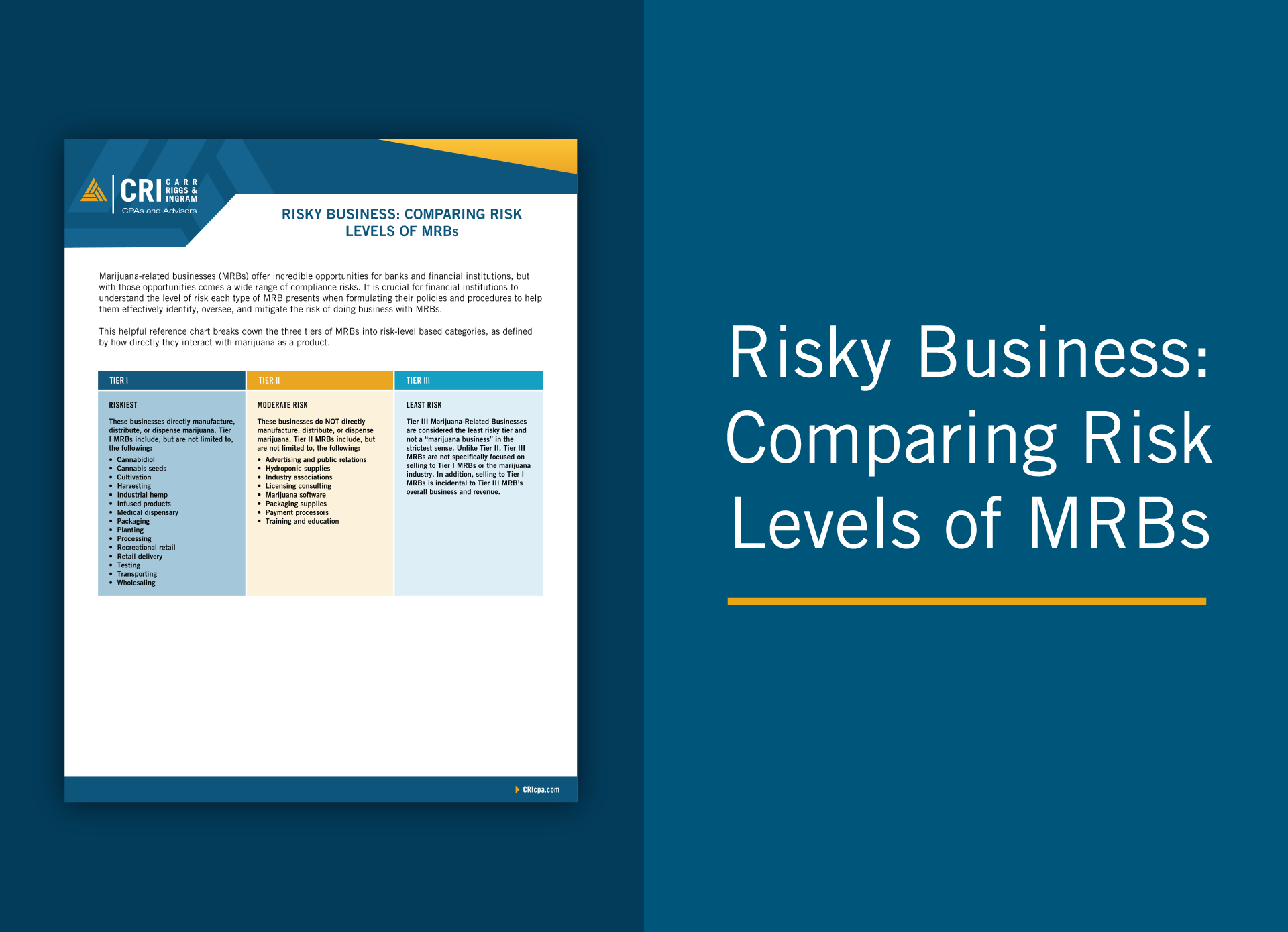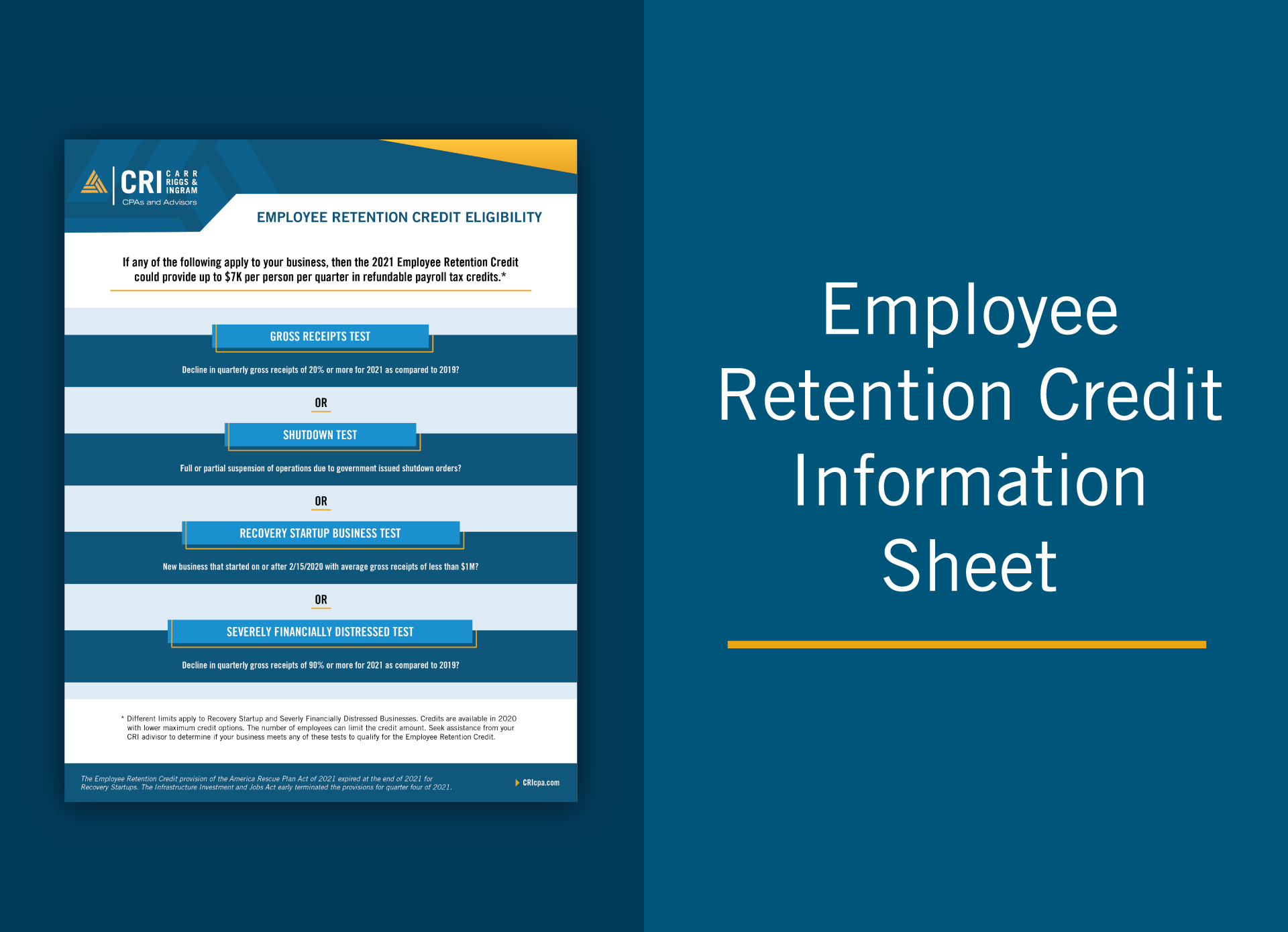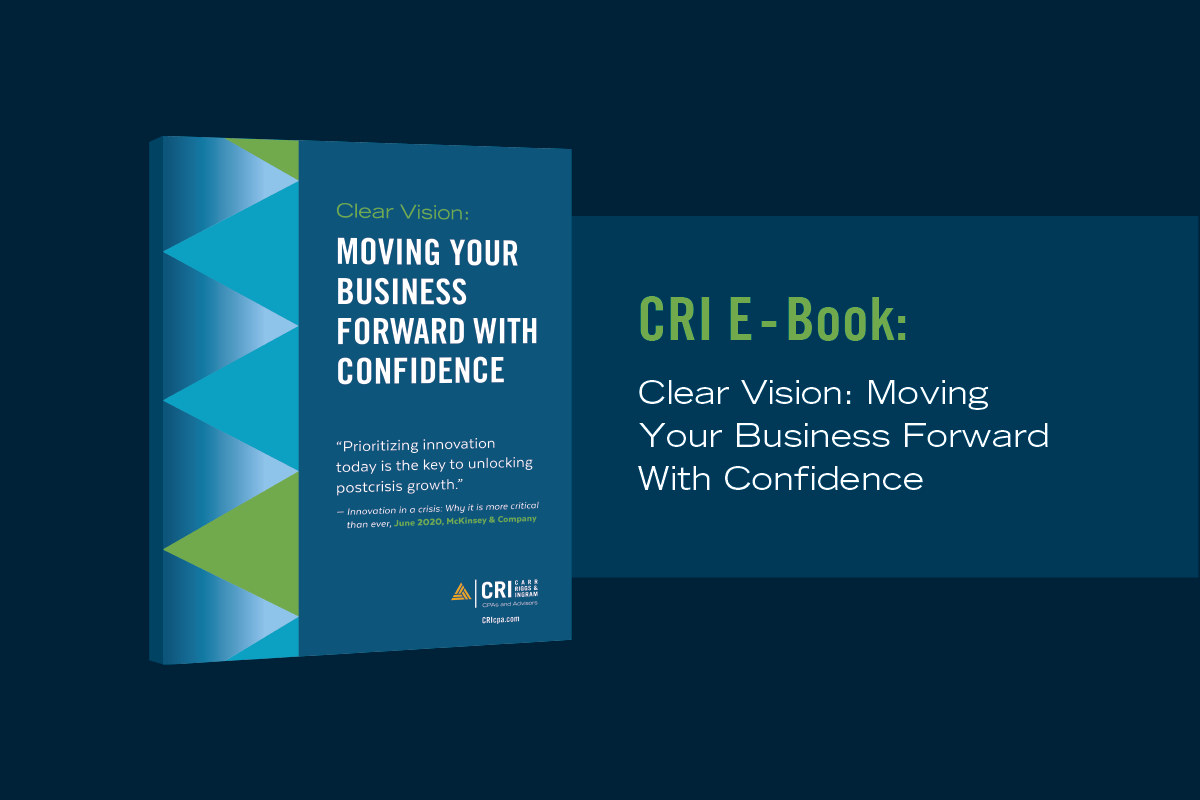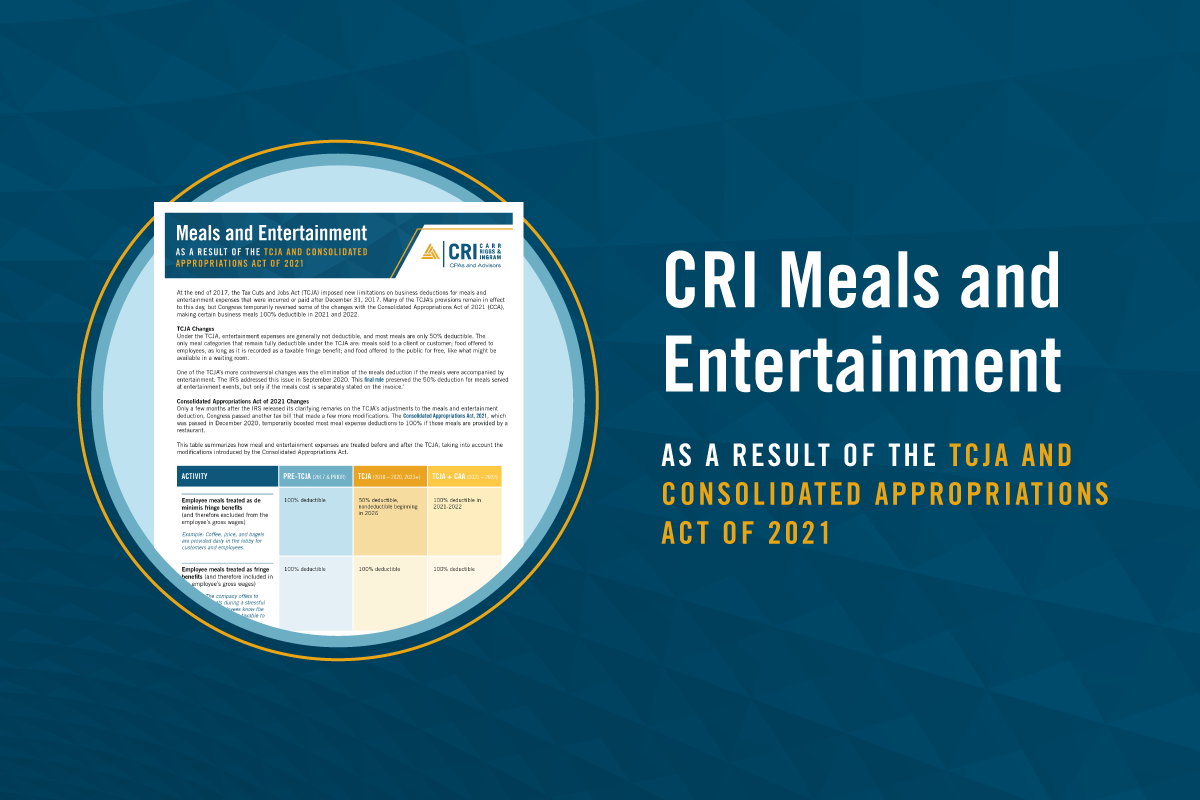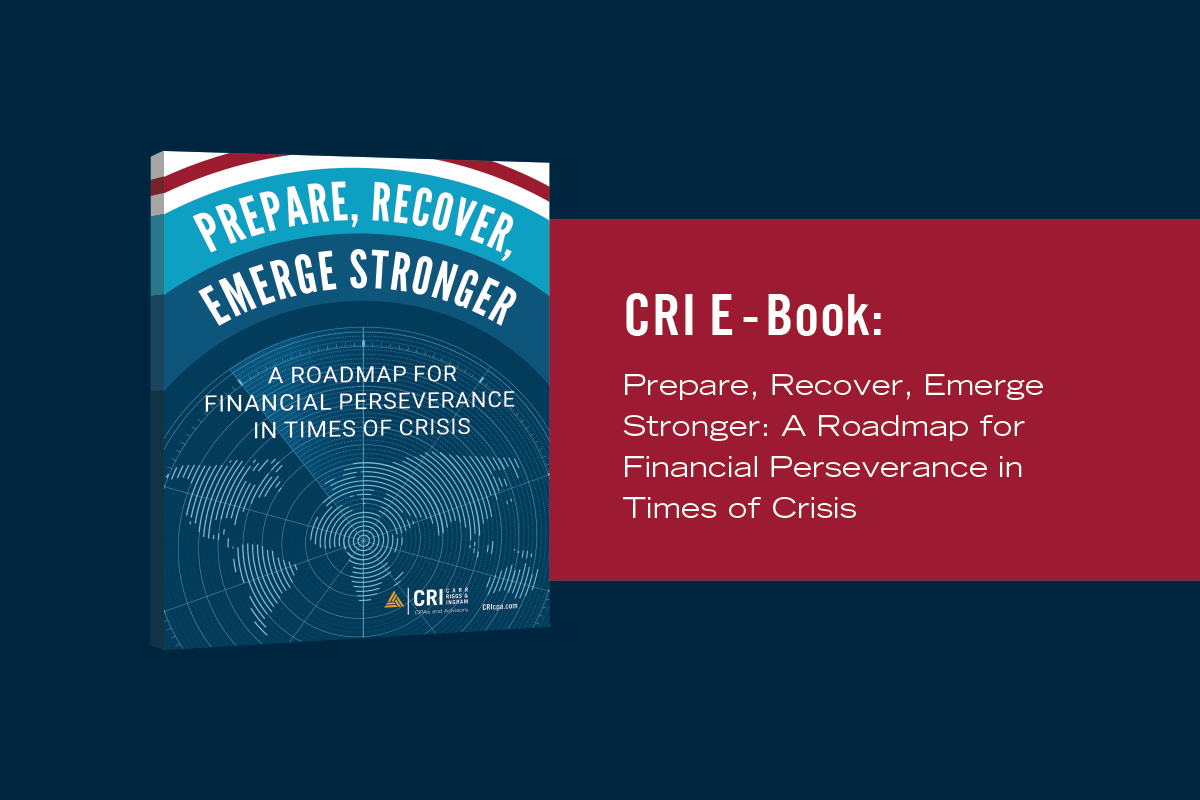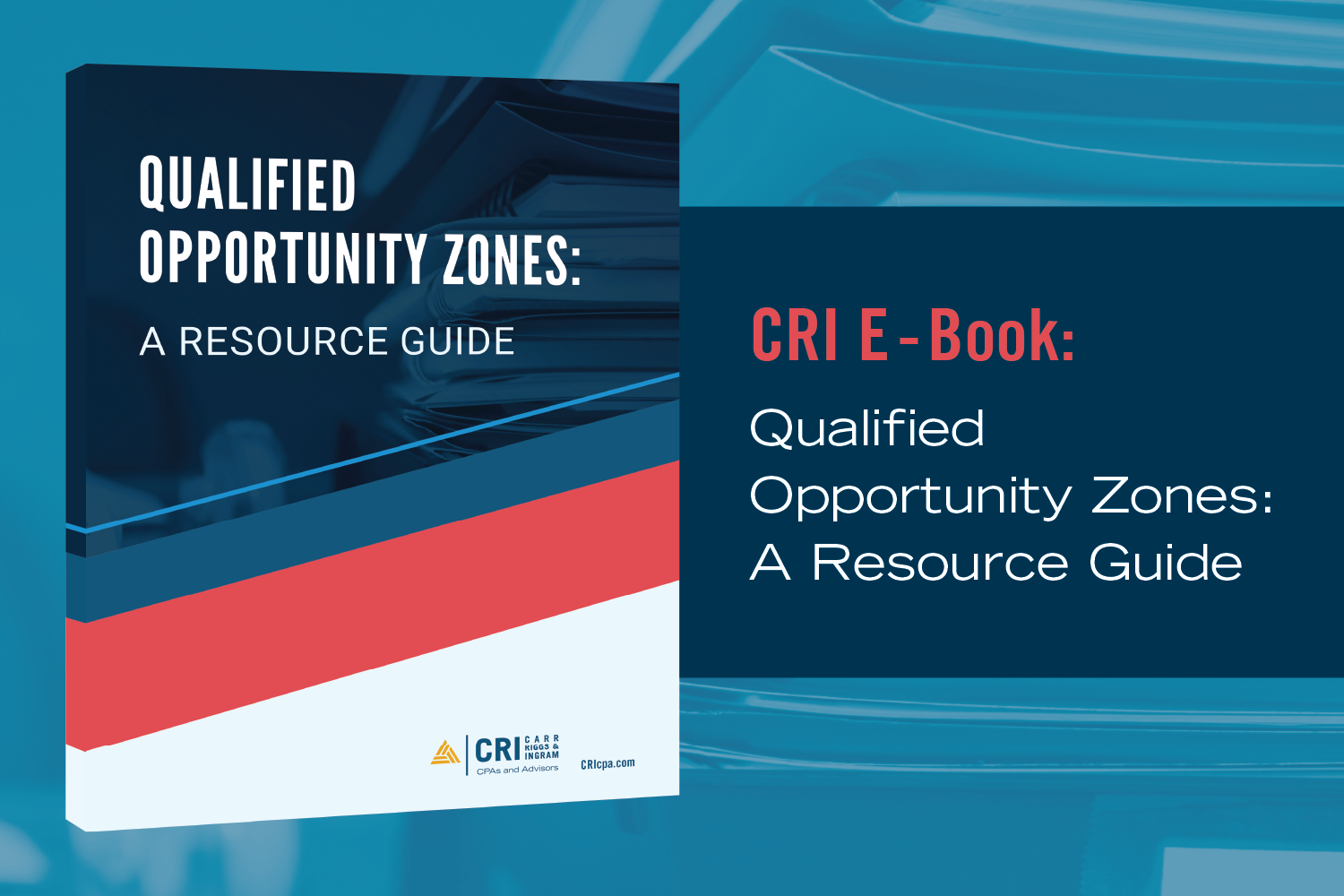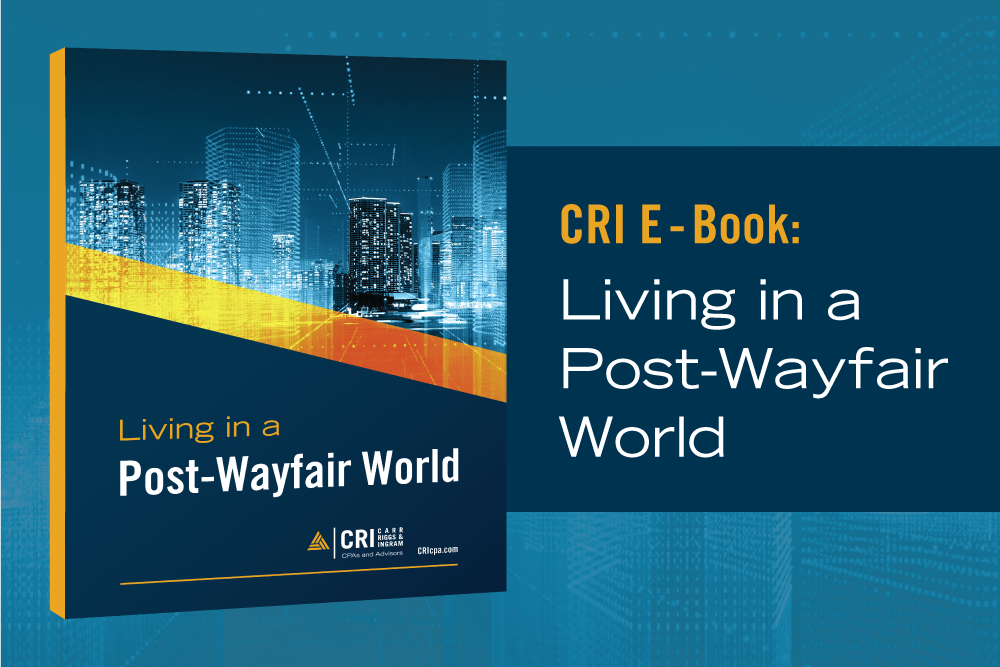Two Types of Charitable Trusts You Should Know About
Feb 3, 2022
Charitable trusts are often synonymous with estate planning because they provide you — the donor — with a wide range of benefits. Charitable trusts can help you reduce income taxes, reduce your estate tax, and protect your assets. And beyond that, depending on the type of trust, you can create a tax-advantaged reliable revenue stream for yourself or your beneficiaries, all while incorporating your charitable goals into your planning.
There are two types of charitable trusts you should know about: charitable lead trusts and charitable remainder trusts. Both can play roles in your estate plan.
Charitable Lead Trusts vs. Charitable Remainder Trusts
Charitable lead trusts (CLTs) and charitable remainder trusts (CRTs) are both irrevocable trusts created to benefit two parties:
1. Your chosen beneficiaries (which could include yourself)
2. One or more named charitable organizations
The primary difference between CLTs and CRTs is which of these two parties receives annual distribution payments, and which party receives the remainder interest (i.e., the assets remaining in the trust at the end of the payment term).
CLTs distribute periodic payments to the charity during the trust term, after which the remainder interest is disbursed to your beneficiaries. CRTs are the opposite; CRTs provide you or your beneficiaries with cash distributions for a set time, after which the remainder interest is paid out to charity.
It is important to understand how charitable trusts are formed and how they operate.
How Do Charitable Trusts Work?
To create a charitable trust, you must first identify your charitable goals and work with a trust attorney to create a trust document. Then make a transfer of assets into your trust account. This transfer is irrevocable. Most charitable trusts accept both tangible and intangible assets, including cash, securities, business interests, cryptocurrency, art, and real estate. These initial assets are considered the trust principal or corpus.
Over the life of the trust, those principal assets typically appreciate and likely generate income. This income may come from stock dividends, interest, rents from real estate holdings, or business earnings.
When you establish a trust, the trust document outlines how the income and principal will be disbursed. There are two main ways to calculate interest and principal disbursements: Amounts can be predetermined when the trust is established, or they can be calculated each year based on changes to the trust’s value. To understand this concept, we need to explore two different subsets of charitable trusts: annuity trusts and unitrusts.
Annuity Trusts vs. Unitrusts
Annuity trusts pay a fixed percentage of the trust’s initial value each year until the trust terminates. The annual payments promised to the income beneficiaries are fixed and predictable, just like any other annuity. If the trust generates more income than predicted, a larger amount will be disbursed to the beneficiaries of the remainder interest. If the trust generates less income than predicted, the trustee may need to sell off some of the trust’s principal assets to make those promised income payments.
Unitrusts pay a fixed percentage of the trust’s current value each year until the trust terminates. Each year, the trust is revalued. This means that payments to income beneficiaries will vary each year. In years when returns on trust assets are strong, payments will be larger, but when returns are weaker, those payments will fall.
What Type of Trust Should I Choose?
When designing your ideal trust, it’s helpful to make one decision at a time. First, you should determine whether you want a CLT or a CRT, and from there you can decide whether you want an annuity trust or a unitrust.
When making your decision, it’s important to consider the tax consequences, discussed below. Keep in mind that the tax outcomes differ depending on whether the trust is a grantor trust or a non-grantor trust.
Tax Considerations for CLTs
- In the year you establish the trust, you will calculate gift tax considerations. You will calculate the estimated present value of the remainder interest that will go to your beneficiaries. If this amount is below the annual gift tax exemption (which is $16,000 in 2022), you will not impact your lifetime estate tax exemption (which is $12.06 million in 2022).
- You (or your trust, depending on how the trust is formed) will be able to take a charitable deduction for the present value of the income payments that will be made to the charitable organization (subject to certain limits).
- You (or your trust, depending on how the trust is formed) may owe income tax each year on investment earnings within the trust.
- Your beneficiaries will not owe income tax on the remainder interest they receive because the remainder interest is considered a gift.
Tax Considerations for CRTs
- When you establish the trust, you will calculate gift tax considerations. You will calculate the present value of future income payments that will go to your beneficiaries. If you or your spouse is the beneficiary, you will not impact your lifetime estate tax exemption or owe gift taxes.
- When you establish the trust, you can take a charitable deduction for the estimated present value of the remainder interest, subject to certain adjusted gross income (AGI) limitations.
- A CRT’s investment earnings are exempt from income tax.
- Your beneficiaries may owe income tax on the distribution payments they receive. If the distribution includes income earned by the trust, the character of the income (ordinary income or capital gain income) will mirror the type of income earned in the trust. Your tax advisor will provide guidance for specific circumstances.
CLTs and CRTs can be great tax planning tools and great methods for protecting your wealth. We have created a table that summarizes the factors to consider when selecting a CLT or a CRT. Refer to this chart when talking to your tax advisor or estate planner. If you’d like to talk to our CPAs about CLTs or CRTs, please reach out to us today.

